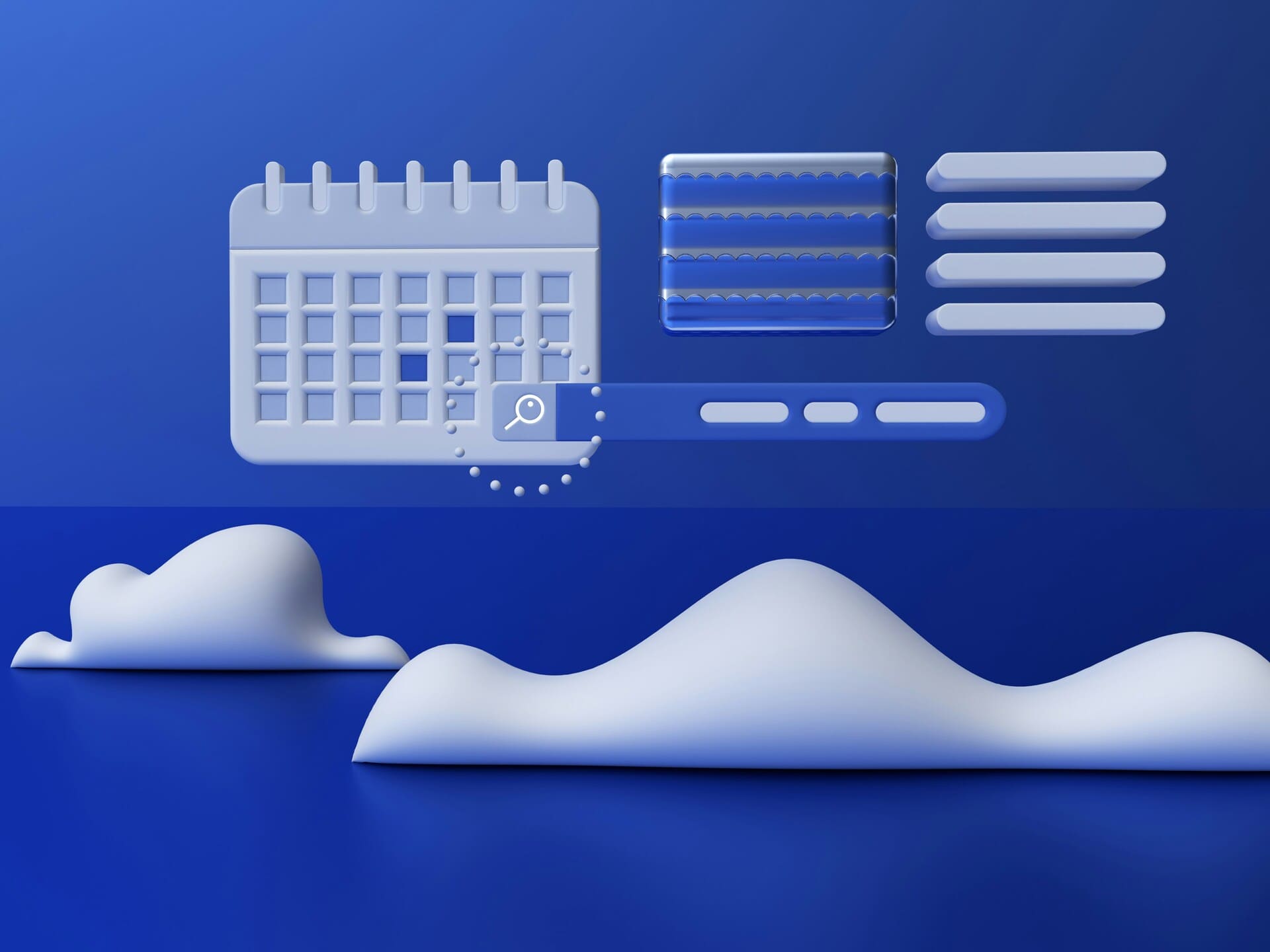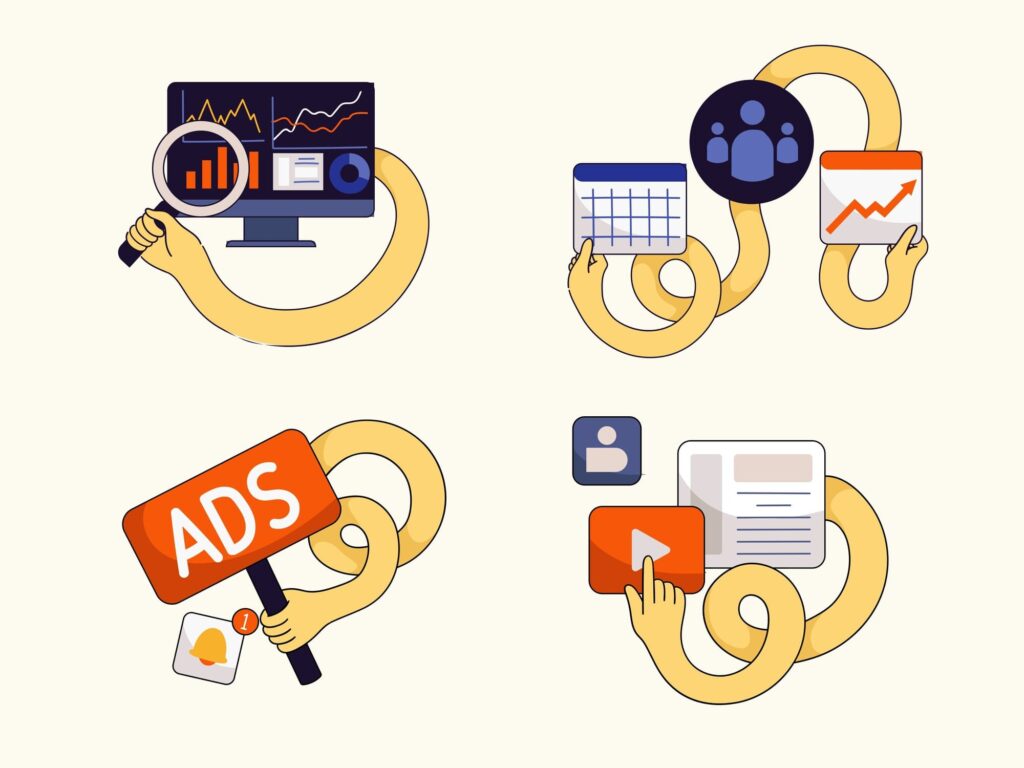Your website might have thousands of URLs, but that doesn’t mean Google will crawl them all—or even the right ones. In 2025, as sites scale content through AI and dynamic platforms, crawl budget optimization is no longer a technical luxury—it’s a necessity.
If your site structure wastes Google’s time, you’ll end up with poor indexation, lower rankings, and slower SEO results. This guide will show you how to manage crawl budget strategically, so Googlebot focuses on what actually matters.
What Is Crawl Budget (Really)?
Crawl budget is the number of pages Googlebot is willing—and able—to crawl on your site within a given time. It’s made up of:
- Crawl rate limit – How often Google crawls your server without overloading it.
- Crawl demand – How frequently Google wants to crawl your pages (based on quality, popularity, freshness).
Put simply: Crawl budget = crawl limit × crawl interest.
Wasting it means Google skips key pages—or ignores your updates for days.
Signs You Might Be Wasting Crawl Budget
- Pages in your sitemap are not indexed
- Pages are crawled repeatedly but never rank
- You see thousands of URLs in GSC crawl stats—but only a fraction rank or convert
- Important content updates take too long to appear in search
Tip: Check Google Search Console > Crawl Stats to see what’s being crawled vs what’s being indexed.
How to Optimize Crawl Budget Like a Pro
Let’s break it down into tactics that work in 2025:
1. Block What Shouldn’t Be Crawled
Start with robots.txt and meta tags. You don’t want Googlebot wasting cycles on:
- Internal search result pages (/search?q=…)
- Useless parameters (?sort=asc)
- Staging environments or testing subfolders
Best practice:
Disallow: /search/
Disallow: /cart/
Disallow: *?sessionid=
2. Canonicalize Duplicate or Variant Pages
If your site generates multiple URLs with similar content (filters, UTM tags, printer-friendly pages), use canonical tags to consolidate them.
Example:
<link rel=”canonical” href=”https://yourdomain.com/product/shoes” />
3. Use Noindex on Thin or Expired Pages
If a page shouldn’t rank, add a noindex, follow directive. This tells Google to stop indexing it but still follow internal links.
Good for:
- Out-of-stock product pages with no value
- Seasonal or expired deals
- Author pages or tag pages with no traffic
4. Prioritize Internal Links to High-Value Pages
Googlebot follows links. If your key pages are 5 clicks deep or buried in filters, they’ll be crawled less often. Fix this by:
- Linking top pages from nav or footer
- Adding contextual links from blog posts
- Using breadcrumb trails
5. Optimize and Submit a Clean XML Sitemap
Your sitemap should only include:
- Canonical URLs
- 200 status pages
- Indexable, valuable content
Pro tip: Regenerate your sitemap automatically and exclude noindex, redirect, or error pages.
6. Avoid Infinite URL Spaces
Don’t let filters or UTM tags create infinite combinations. Use:
- robots.txt + URL parameter rules
- Canonicals
- <meta noindex>
- GSC parameter handling (if needed)
Tools to Monitor Crawl Budget
- Google Search Console – Crawl Stats, Coverage, Index Status
- Screaming Frog – Detect deep pages, broken links, duplicate URLs
- Log file analysis (e.g., JetOctopus, Logz.io) – See exactly what Googlebot is crawling
Crawl Budget ≠ Indexing Guarantee
Even with perfect crawl budget usage, Google doesn’t guarantee indexing.
But if you make it easier for the bot to focus on your best content, you significantly improve your chances of faster discovery, fresher indexing, and more stable rankings.
Conclusion: Don’t Let Googlebot Wander—Give It a Map
In 2025, every site is publishing more, faster. AI tools, dynamic UIs, and CMS automation increase the number of URLs dramatically. But only a small percentage of those pages truly deserve attention.
Managing crawl budget is about clarity: making sure bots spend their time on content that converts, ranks, and supports your business goals. Block junk, elevate value, and audit often. Make Googlebot work smarter, not harder.
Worried that Googlebot is wasting time on the wrong pages?
Contact us — we’ll help you optimize crawl budget and ensure your key pages get indexed first.




